Topic / Disruption / In-depth
Disruption of Food & Agriculture
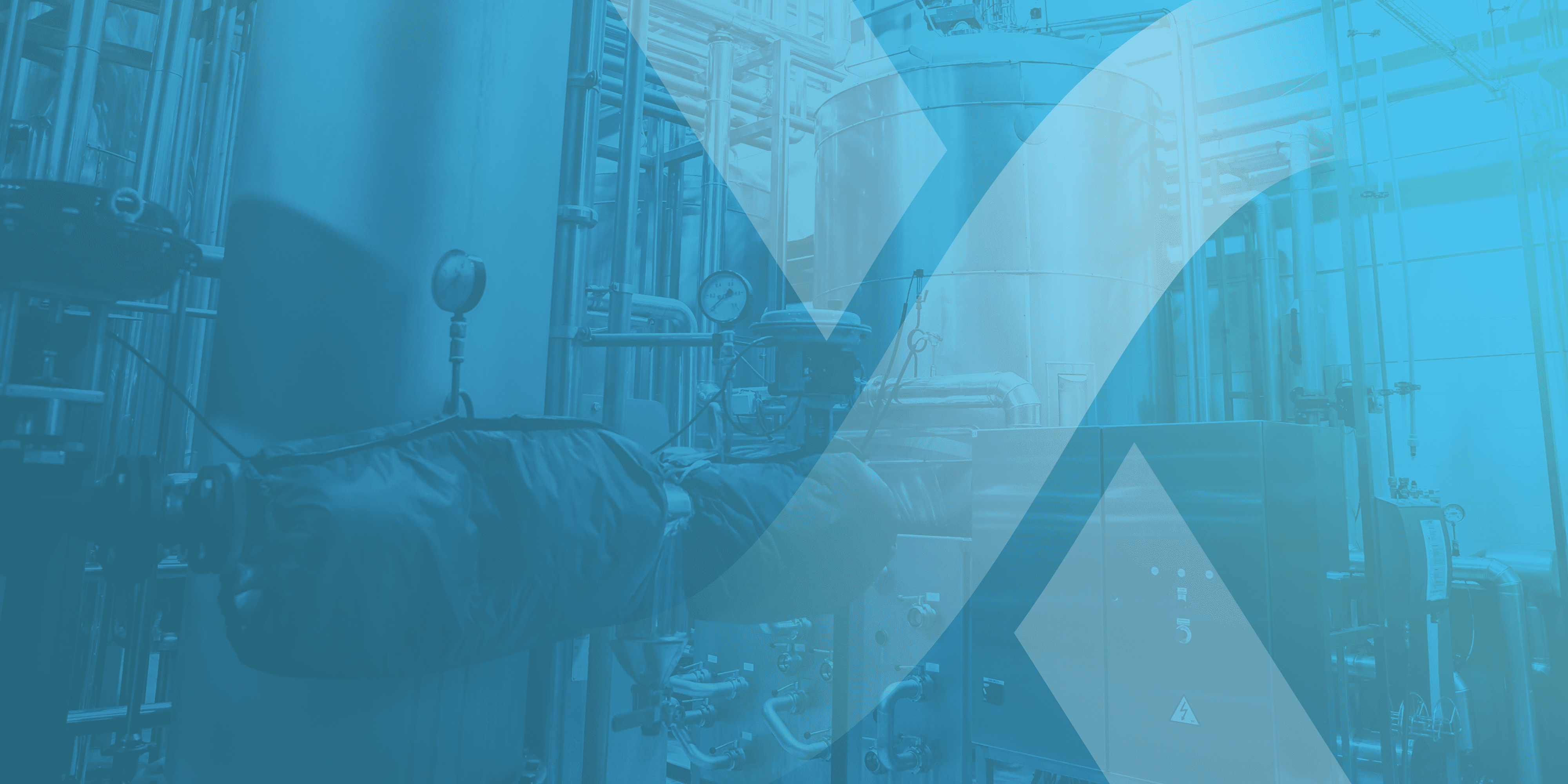
Precision Fermentation and Cellular Agriculture will create an entirely new business model: Food-as-Software, that will disrupt and transform our food & agriculture industries exponentially
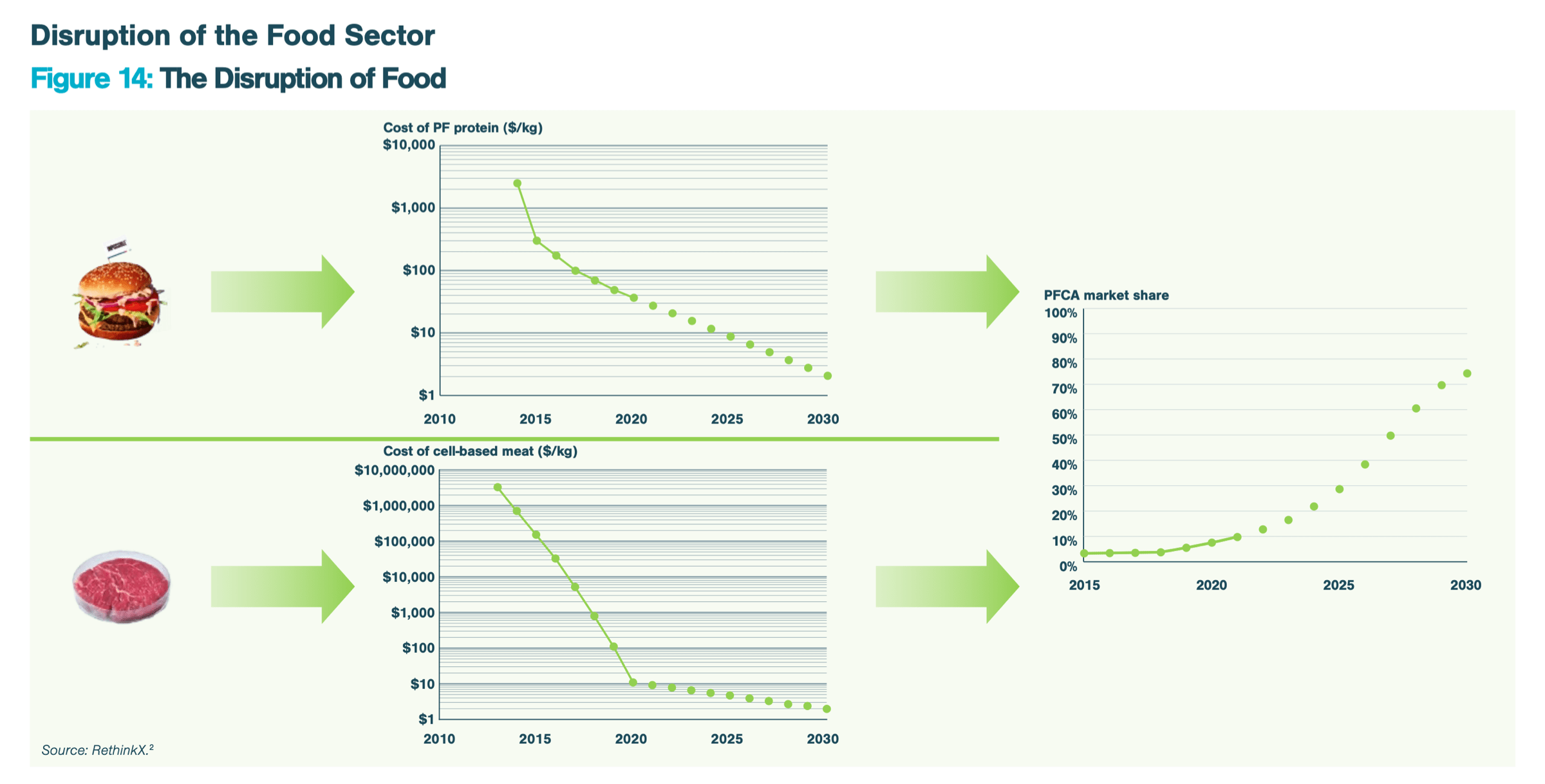
A disruption happens when new products and services create a new market and, in the process, significantly weaken, transform or destroy existing product categories, markets or industries.
Disruptive technologies emerge when several technologies, each one improving at a different rate, converge at a certain point in time to make it possible for new products or services to be developed that outperform and outcompete existing products.
Key Features of the food & agriculture disruption:
This is primarily a protein disruption driven by economics.
Modern proteins will be cheaper than current food options
The cost of proteins will be five times cheaper than existing animal proteins by 2030, and 10 times cheaper by 2035. Eventually proteins will be nearly as cheap as sugar.
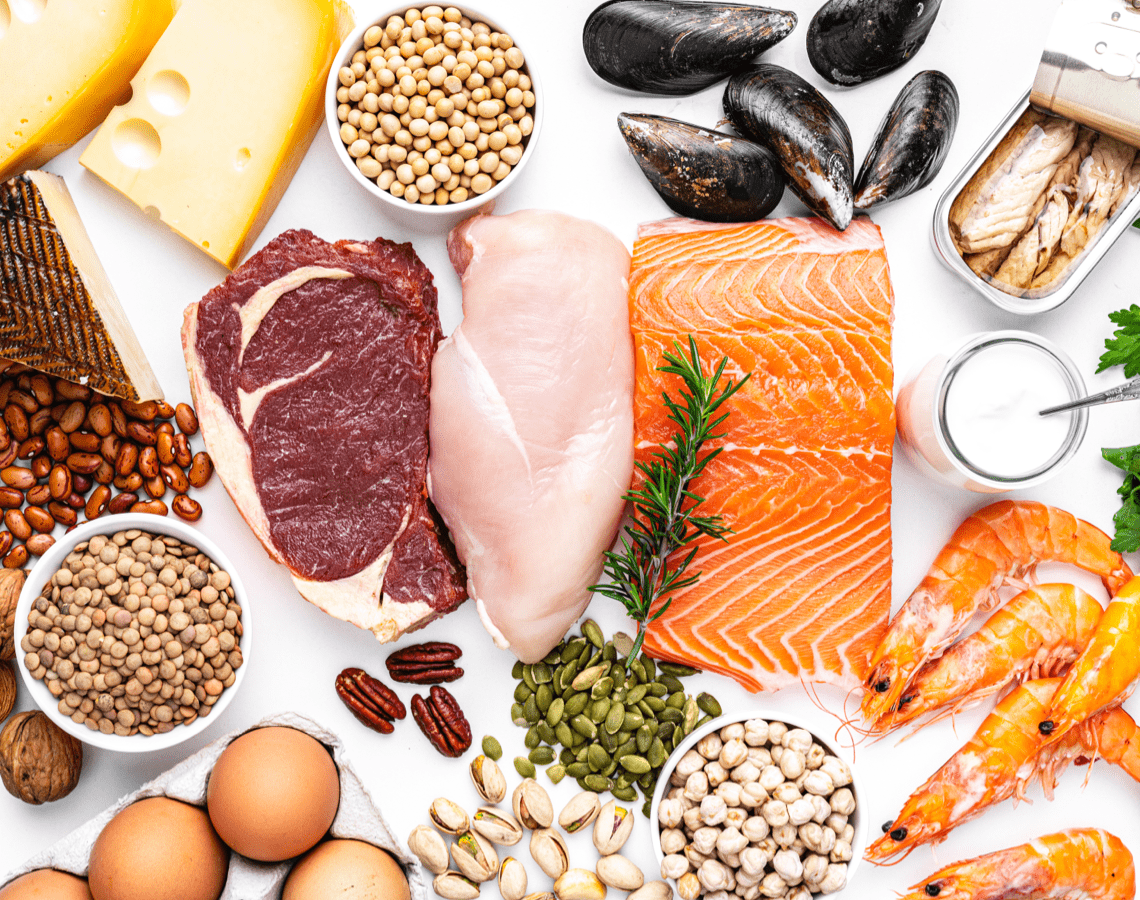
Modern proteins will be superior in every key attribute
Modern foods will be more nutritious, healthier, better tasting and more convenient, with almost unimaginable variety.

Modern foods will be higher quality than current alternatives
By 2030, modern food products will be higher quality and cost less than half as much to produce as the animal-derived products they replace.

The impact of this disruption on industrial animal farming will be profound
By 2030, the cattle farming industry will be bankrupt
By 2030, the number of cows in the U.S. will have fallen by 50% and all other livestock industries will suffer a similar fate.
The knockon effects for crop farmers and businesses throughout the value chain will be severe.
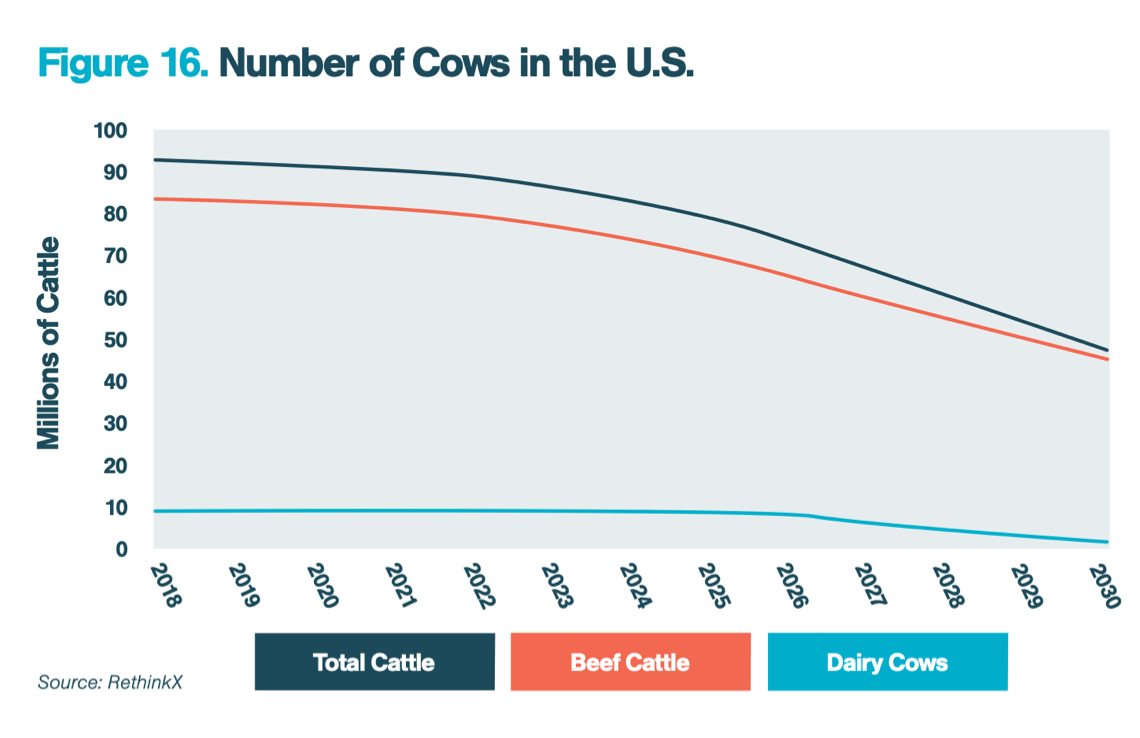
Modern alternatives have already started disrupting the ground meat market.
Once cost parity is reached, adoption will tip and accelerate exponentially.
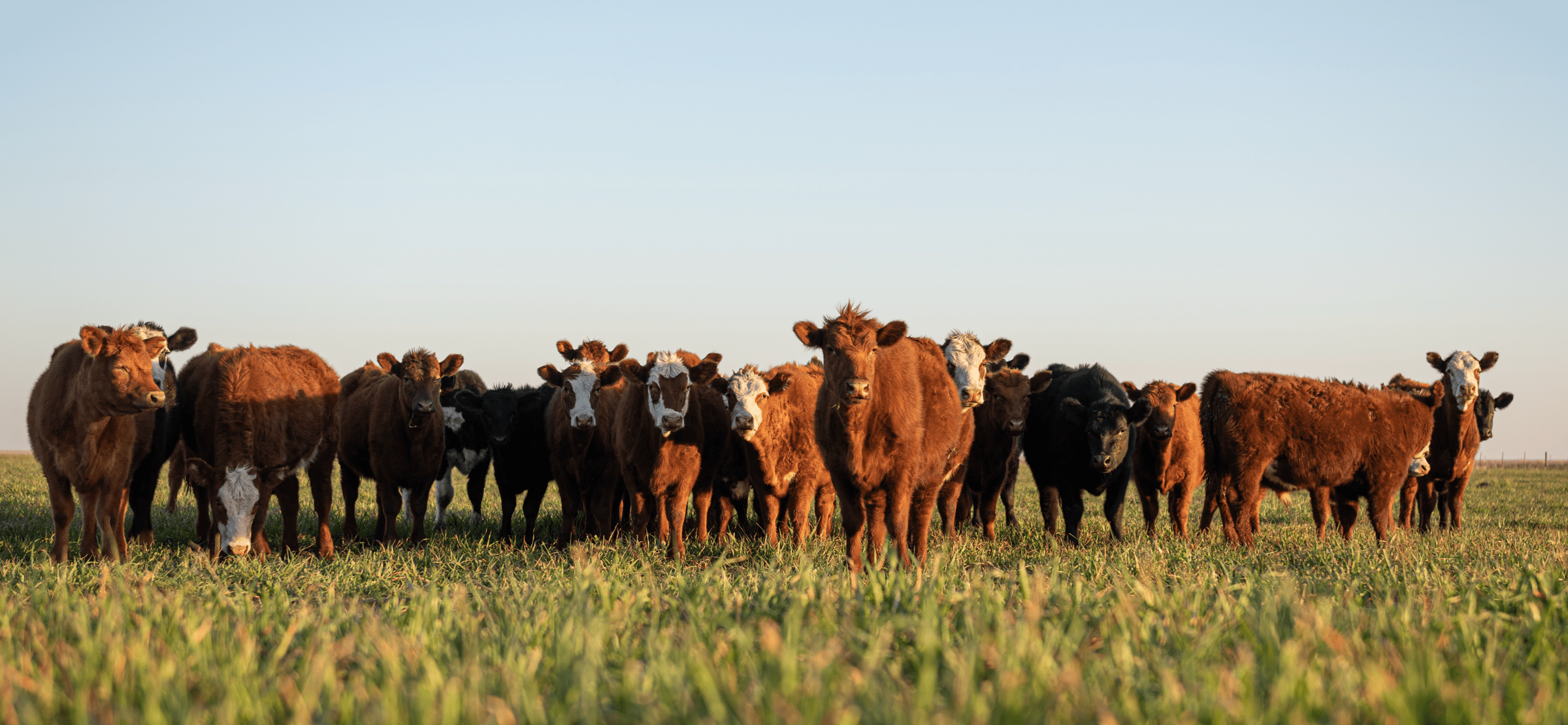

"The disruption will play out in a number of ways and does not rely solely on the direct, one-for-one substitution of end products. In some markets, only a small percentage of the ingredients need to be replaced for an entire product to be disrupted. The whole of the cow milk industry, for example, will start to collapse once modern food technologies have replaced the proteins in a bottle of milk – just 3.3% of its content. The industry, which is already balancing on a knife edge, will thus be all but bankrupt by 2030."

Modern foods will trigger a cascade of disruptions
This is not one disruption but many in parallel.
Each are overlapping, reinforcing and accelerating one another.

Every product we extract from the cow will be replaced by superior and cheaper modern alternatives
This will trigger a death spiral of increasing prices, decreasing demand and reversing economies of scale for the industrial cattle farming industry.
The dairy industry will collapse long before we see modern technologies produce the perfect, cellular steak.
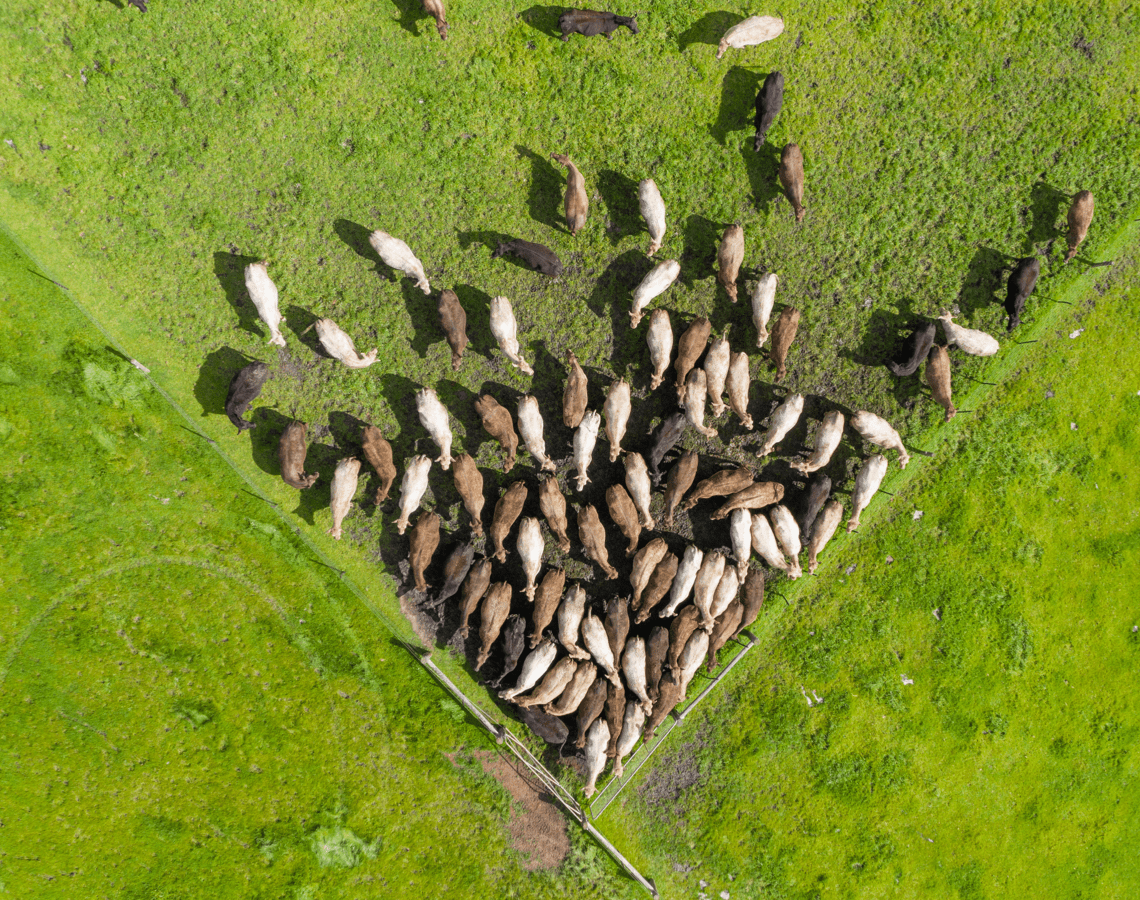
The food disruption will free up 80% of land used for animal agriculture
This will free up an area the size of the United States, China and Australia combined.
Even without active reforestation, passive reforestation of the land freed up through this disruption will capture and store a quantity of carbon equivalent to up to 20% of today’s global emissions.
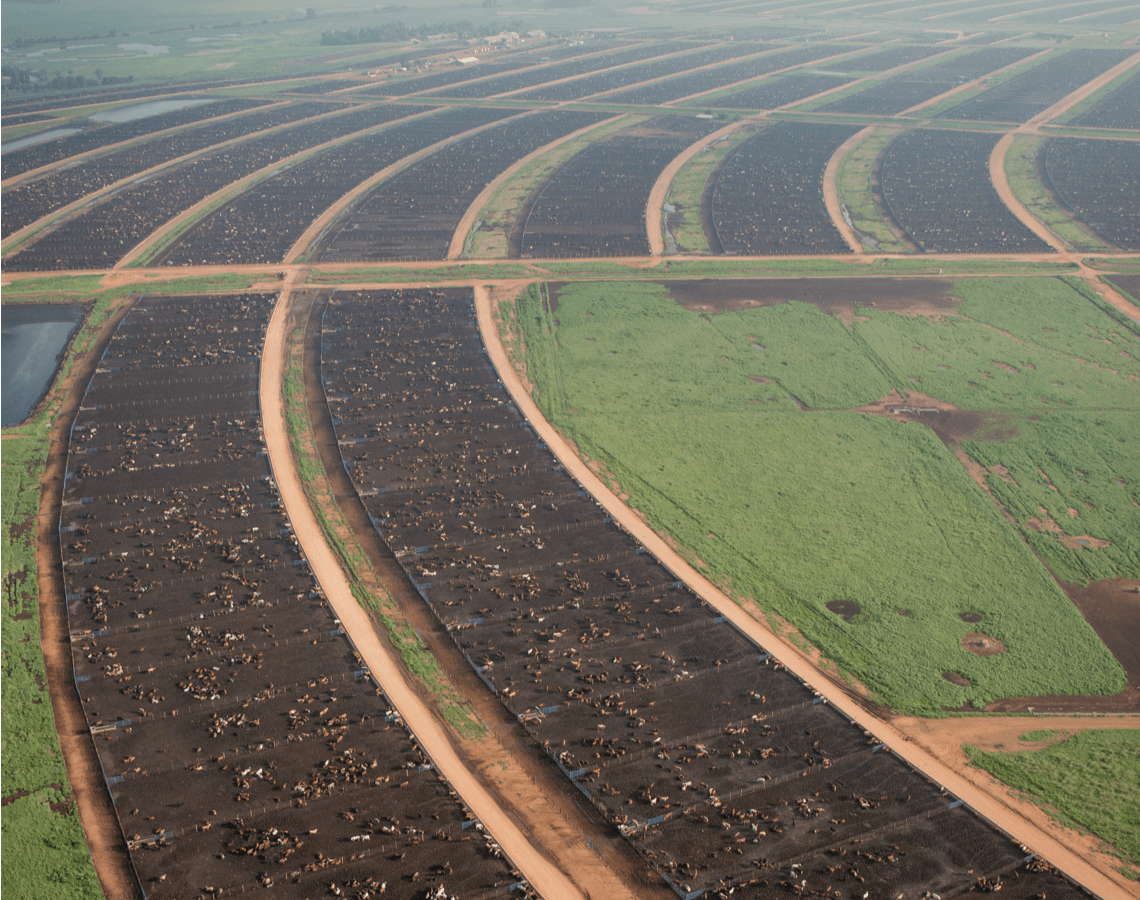
This disruption is the result of rapid advances in precision biology that have allowed us to make huge strides in Precision Fermentation
Precision Fermentation is a process that allows us to program microorganisms to produce almost any complex organic molecule
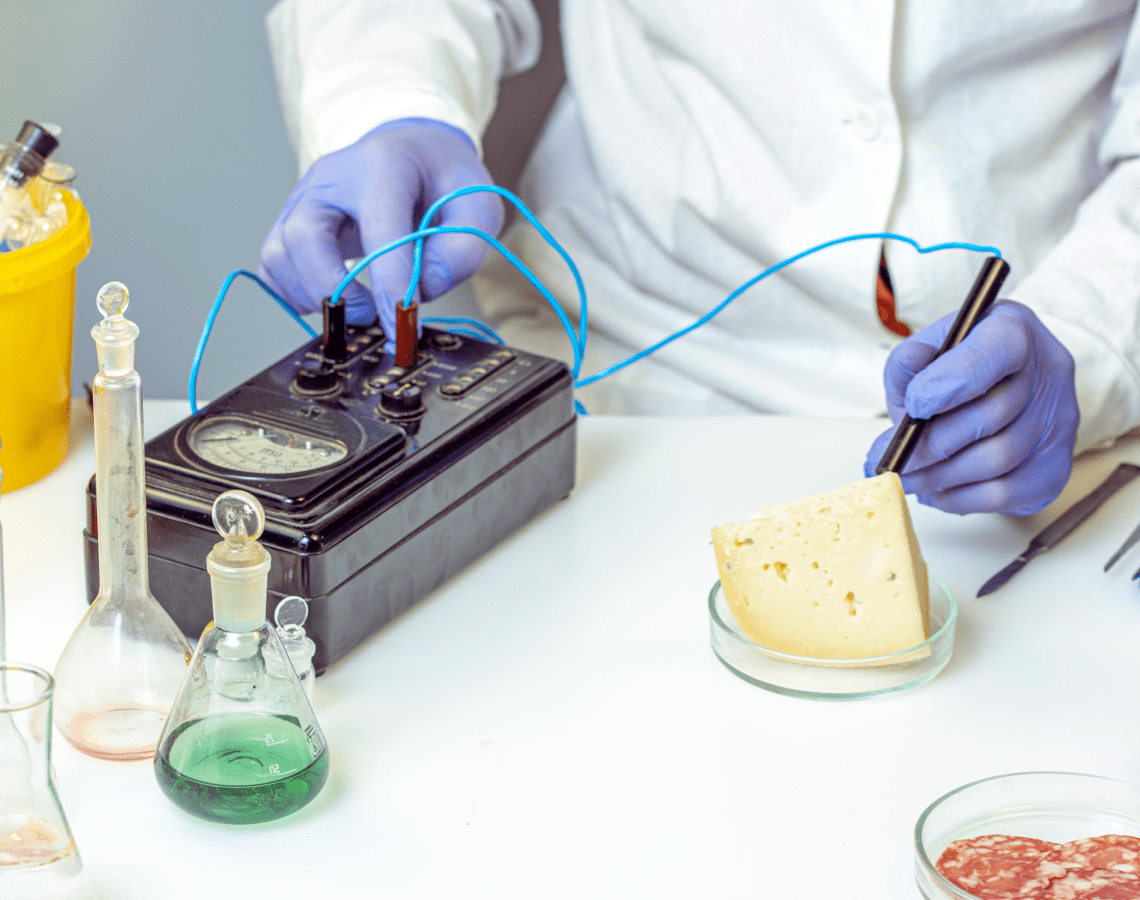
Key outcomes of the food & agriculture disruption:
A new production model called Food-as-Software will transform our food agriculture industries
PFCA advances are now being combined with an entirely new model of production we call Food-as-Software (FaS)
Individual molecules engineered by scientists are uploaded to databases. Food engineers anywhere in the world can use these molecular cookbooks to design products in the same way that software developers design apps.
This model ensures constant iteration so that products improve rapidly, with each version superior and cheaper than the last. It also ensures a production system that is completely decentralized and much more stable and resilient than industrial animal agriculture. Fermentation farms are located in or close to towns and cities.
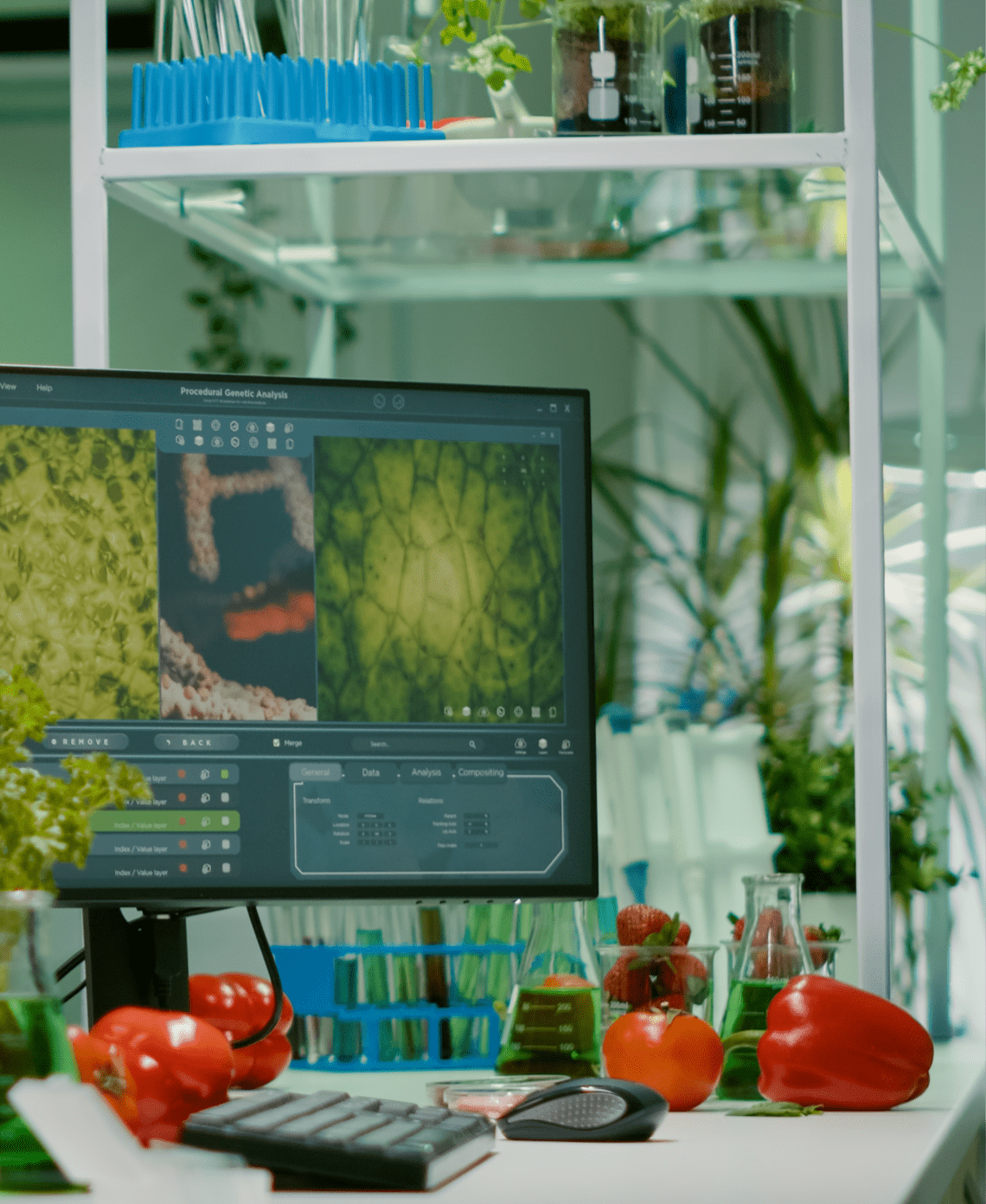
Modern foods will be up to 100 times more land efficient, 10-25 times more feedstock efficient, 20 times more time efficient, and 10 times more water efficient. They will also produce less waste.
Disruptions are interconnected, and occurring simultaneously across global sectors
The disruptions unfolding across our energy, food, transportation, information and materials sectors during the 2020s will present new challenges and solve old problems.
By embracing disruption, we have the opportunity to move from a world of extraction to one of creation, a world of scarcity to one of superabundance, a world of inequity and predatory competition to one of shared prosperity and collaboration.

Getting it right - RethinkX predicts disruptions
For over a decade, the RethinkX team has accurately predicted the dramatic cost improvements and market growth of SWB in the energy sector, A-EVs and TaaS in the transportation sector, and PF in the food sector.
The approach RethinkX uses, which is based on the Seba Technology Disruption Framework and empirically validated against dozens of historical disruptions since the 19th century, provides a powerful lens through which to view the full complexity of technology disruptions.

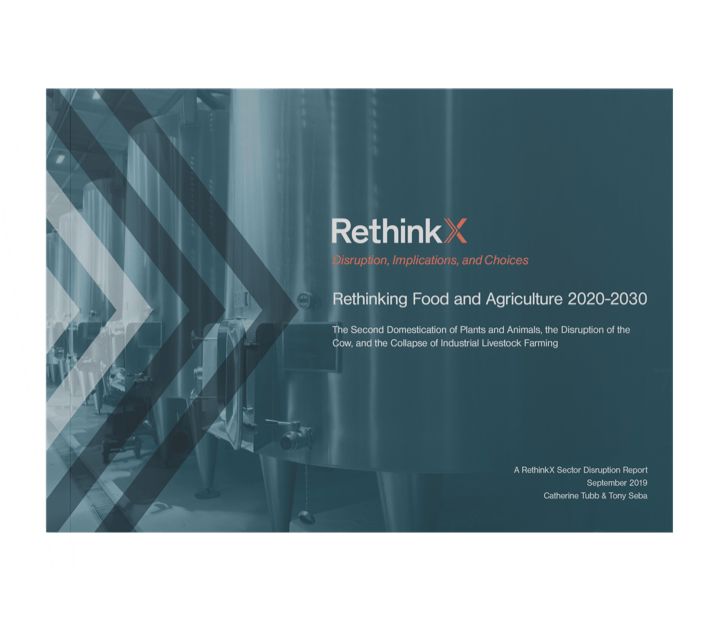
Featured Report
Rethinking Food & Agriculture
Download our Rethinking Food & Agriculture 2020-2030 report.














-min-1.png?width=732&name=Copy%20of%20Website%20imagery%20-%20Featured%20Image%201200x628%20(3)-min-1.png)
-min-2.png?width=732&name=Copy%20of%20Website%20imagery%20-%20Featured%20Image%201200x628%20(2)-min-2.png)
-min-1.png?width=732&name=Copy%20of%20Website%20imagery%20-%20Featured%20Image%201200x628%20(4)-min-1.png)

